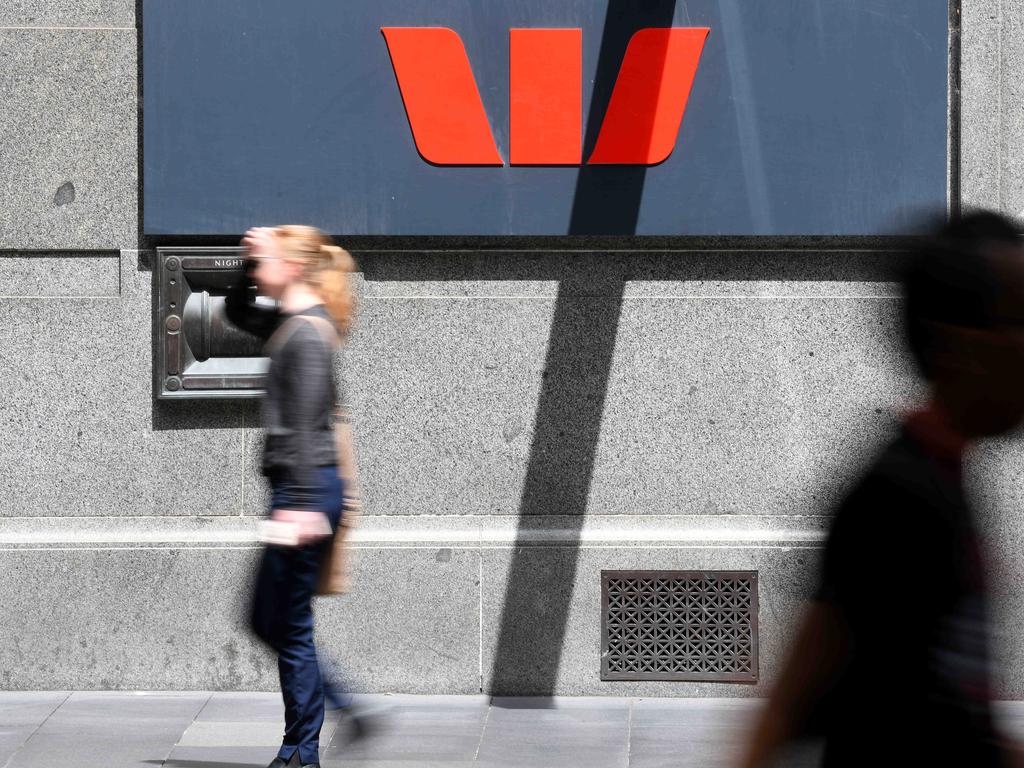Putting money in – rather than on – wealth platforms
The sector’s standout stocks have seen prices double and there is more action in the wings.

Michael Ohanessian, the head of investment platform Praemium, sounds like he’s channelling the coronavirus when he says that “like any living organism, any organisation wants to survive”.
But in this case, he’s referring to the need for the $800bn a year adviser “platform” sector to grow and diversify at a time when the banks’ stampede from the wealth management sector is also creating opportunities.
The banks’ exit has created specialist platform providers — non-bank aligned providers that generally have more modern software and are genuinely independent.
With fees constantly under pressure, achieving economies of scale is also critical especially as most of the costs are fixed.
Praemium is leading the charge in a year that’s likely to see a further reshaping of the platforms, which act as a one-stop shop for financial advisers to access investments and services for their clients and hold the investments in the one place.
Crucially, they also ensure the advisers get paid in an era when product commissions are verboten.
After eight years of behind-the-scenes negotiations Praemium last year moved on fellow listed platform Powerwrap, by way of a cash-scrip deal that culminated in compulsory acquisition last November.
The union played a key role in bolstering Praemium’s funds under administration to $34bn as at the end of December, 69 per cent higher than a year previously.
The company also just reported December half revenue of $31.7m and a $3m net profit, but the acquisition makes for murky comparisons and we won’t go there.
Ohanessian says: “We really are the platform for everything now, whether the investors are retail, high net worth individuals or on or off platform. We think we could meet the needs of any financial adviser and their clients, wherever they may be.”
Hunting growth
But the rest of the listed platform sector isn’t exactly cooling its heels, either: HUB24 has bid for Xplore Wealth, formerly known as Managed Account Holdings. (Managed accounts are tailored investments run by wealth managers, as opposed to off-the-shelf managed funds).
Late last year HUB24 also finalised the purchase of broker Ord Minnett’s Portfolio Administration Reporting Service.
Meanwhile, financial services information provider Iress has entered the sector with its purchase of superannuation platform OneVue Group.
At the start of calendar 2020 there were six listed platforms: Netwealth, HUB24, Praemium, Powerwrap, Xplore Wealth and OneVue.
Now the six has turned to four (with the Iress purchase a change of ownership, rather than consolidation).
HUB24 in January highlighted the rise and rise of the challengers with an upbeat December quarter update: custodial funds under administration (FUA) rose 39 per cent to $22bn year on year.
The biggest listed exponent with a $4bn market valuation, Netwealth chimed in with a 33 per cent surge in net inflows for the December quarter to $2.6bn. Funds under administration grew 14 per cent to $38.8bn, a performance that sparked a 12 per cent share surge on the day.
In the meantime, the banks are stumbling to exit the sector after two decades of attempting to build their platforms.
Westpac bought BT Wrap and Asgard Wrap with the intention of merging them. When this became harder than planned, the bank spent up to $1bn to build BT Panorama.
This left the red-liveried and red faced bank with three platforms, rather than one.
Is Panorama now up for sale?
Meanwhile, last year Commonwealth Bank sold 55 per cent of its Colonial First State wealth business to global investment firm KKR for $1.7bn.
IOOF is in the process of buying MLC Wrap, owned by National Australia Bank, for $1.4bn.
And then AMP — these days never mentioned in terms other than “embattled” — is mulling the future of its North platform as well as its AMP Capital business. And everything else for that matter.
Over the last 12 months, Praemium, Netwealth and HUB20 shares have climbed 73 per cent, 107 per cent and 126 per cent respectively.
“Before we did the takeover we traded at three times revenue which was ridiculously low,” Ohanessian says. “I think it’s because of people’s perceptions of momentum and growth.”
Before subsuming Powerwrap, Praemium was perceived as a takeover target, and is still seen as such in some quarters.
Amid the radical realignment of the platform sector, the wealth industry continues to be engorged by the massive inflows stemming from the compulsory super levy.
No matter whether the increase in the levy to 12 per cent is set in stone or not, that’s money in the bank for the platform operators that clip the ticket along the way.
Tim Boreham edits The New Criterion
tim@independentresearch.com.au







